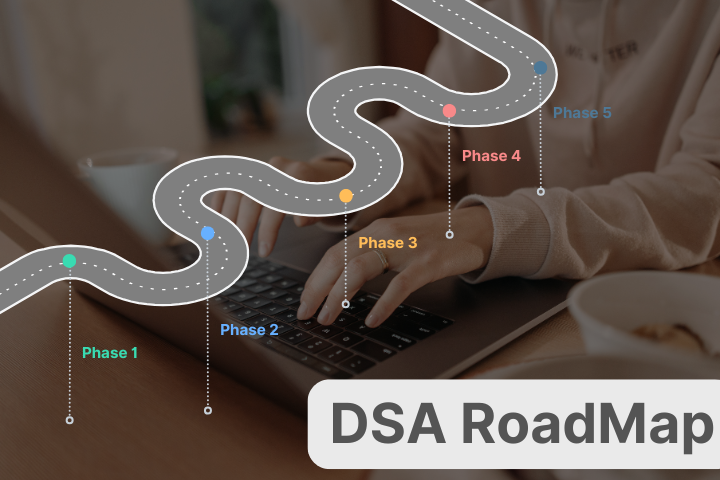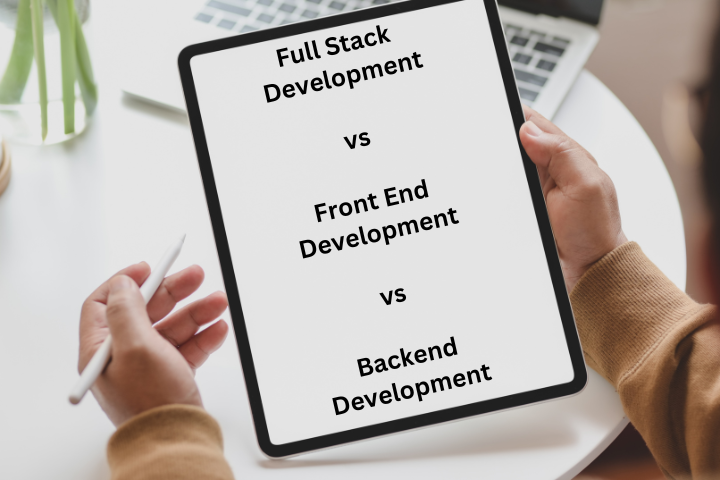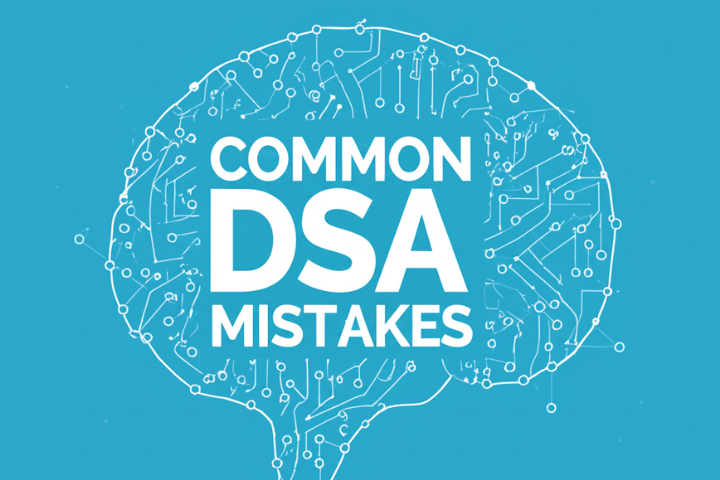
How to Start Learning Data Structures and Algorithms: A Beginner’s Roadmap (with Free Resources)
Introduction
Are you new to programming and wondering how to learn Data Structures and Algorithms (DSA)? Feeling overwhelmed by terms like arrays, recursion, and dynamic programming? You’re not alone. Every coder, at some point, has faced the same confusion. But here’s the good news – DSA is easier when you follow a clear roadmap and use the right resources.
In this blog, you’ll get a step-by-step beginner-friendly guide to learn DSA efficiently, along with free resources to kickstart your journey. Let’s dive in!
Why Should You Learn Data Structures and Algorithms?
Before we jump into the roadmap, let’s understand why DSA is important:
- 🎯 Ace Coding Interviews: Top tech companies (Google, Amazon, Microsoft) test your DSA skills in interviews.
- 🧠 Problem Solving Skills: DSA sharpens your thinking, helping you solve real-world coding challenges.
- 🚀 Career Growth: Mastering DSA opens the door to high-paying roles and freelance opportunities.
Beginner-Friendly DSA Roadmap
Phase 1: Learn a Programming Language
Pick one language and stick to it. Popular choices for DSA are:
- C++
- Java
- Python
Phase 2: Start with Basic Data Structures
Focus on mastering the basics first. These are the foundation for everything ahead.
- Arrays
- Strings
- Linked Lists
Phase 3: Intermediate Data Structures
Once comfortable, move to slightly advanced topics:
- Stack
- Queue
- HashMap/HashSet
- Recursion
Practice: Solve 5-10 problems from each topic on LeetCode or GeeksforGeeks.
Phase 4: Advanced DSA
Ready for the big leagues? Dive into:
- Trees (Binary Tree, BST)
- Graphs (BFS, DFS)
- Backtracking
- Dynamic Programming (DP)
These are crucial for competitive coding and product-based company interviews.
Phase 5: Practice, Practice, Practice
Learning DSA is 80% practice. Make a habit of solving 1-2 problems daily.
- LeetCode: For interview-style problems.
- HackerRank: For basics and certifications.
- Codeforces: For competitive programming.
Tip: Track your progress in a spreadsheet or use the LeetCode streak feature.
Free Resources to Learn and Practice DSA
GeeksforGeeks --> Articles, quizzes, problems
LeetCode --> Practice problems, company-wise sets
CodeWithSheetal --> DSA basics, pattern problems
Bonus Tips to Stay Consistent
- 🎯 Set small weekly goals.
- 🤝 Join a DSA community (join now).
- 🧩 Participate in weekly coding challenges.
- 💡 Don’t compare your journey – focus on daily improvement.
Conclusion
Starting DSA can feel tough, but with a roadmap and the right mindset, you’ll soon find yourself enjoying the challenge. The key is to start small, stay consistent, and keep practicing.
- Stay tuned: Next blog – “How Data Structures Are Used in Real-World Applications: From GPS to Social Media”
Comments (0)
Recent posts


Front-End , Back-End and Full-Stack ...
11 Sep 2024
How to Start Learning Data Structures ...
23 Mar 2025
The Beginner's Guide to Web Development
11 Sep 2024




